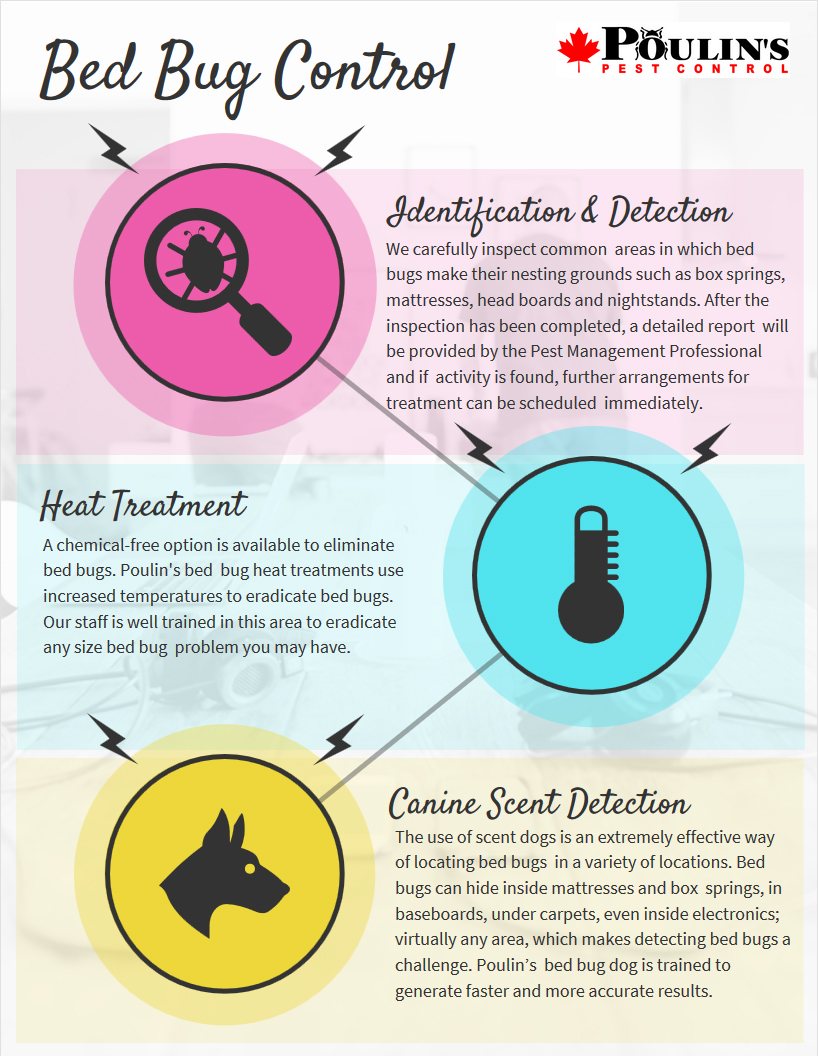Comprehensive Kings Pest Control Services Cincinnati OH
Wiki Article
Kinds Of Bug Control: Which Approach Is Right for Your Infestation?
When confronted with a parasite invasion, the option of an appropriate approach for insect control is vital in properly managing the situation. From chemical treatments to organic solutions, there exists a variety of approaches that can be employed to attend to different sorts of insects. Each technique features its very own collection of advantages and considerations, making the decision-making procedure a nuanced one. Recognizing the subtleties of each strategy and assessing their compatibility with the particular parasite problem handy is vital for accomplishing long-lasting success in insect monitoring. By discovering the different kinds of pest control approaches readily available, people can make enlightened choices tailored to their distinct situations, guaranteeing a much more effective and lasting outcome in pest removal.Chemical Insect Control
Chemical pest control includes making use of artificial or naturally acquired chemicals to take care of and eliminate pest populations properly. This technique is frequently used in farming, forestry, and property setups to fight a wide variety of pests, including insects, weeds, and rats. Using chemical pesticides can provide fast and targeted remedies to pest invasions, making it a preferred selection for lots of individuals and companies.Among the crucial advantages of chemical parasite control is its ability to promptly eliminate insects, lowering the danger of damages to crops, property, and human wellness. By utilizing specific chemicals that target particular bugs, this approach can effectively regulate infestations while decreasing injury to helpful organisms and the atmosphere when applied properly.
However, the usage of chemical pest control additionally raises worries concerning prospective adverse effects on non-target types, water sources, and human health. It is important to adhere to safety and security guidelines, use chemicals responsibly, and consider alternative insect control methods to minimize these threats and ensure sustainable insect management methods.
Organic Insect Control
Biological insect control, likewise recognized as biocontrol, makes use of living organisms to reduce and take care of bug populations normally. By utilizing the pest's natural predators or virus, organic insect control supplies a lasting and environmentally pleasant option to pest administration.
Mechanical Parasite Control
Utilizing physical and hands-on techniques to take care of insect populations, mechanical parasite control provides a different approach that does not depend on the use of living microorganisms or artificial chemicals. This technique includes the use of barriers, catches, or various other tools to literally prevent or get rid of pests. By obstructing pest access factors or setting up traps to capture them, mechanical bug control can successfully decrease problems without presenting chemicals right into the atmosphere.One typical example of mechanical parasite control is making use of mesh displays on doors and home windows to avoid bugs from going into structures. This easy yet efficient approach serves as a physical barrier, keeping parasites out while enabling proper ventilation. In addition, devices like mousetraps, fly swatters, and ultrasonic repellents fall under the mechanical pest control classification.
While mechanical insect control techniques can be labor-intensive and require regular surveillance and upkeep, they use a sustainable and ecologically friendly option for managing pest problems. By integrating various mechanical methods, residential or commercial property owners can produce a comprehensive parasite control strategy that reduces reliance on chemical pesticides.
Physical Bug Control

Some common physical pest control approaches consist of using barriers such as displays or webs to stop bug entry, traps to record and remove parasites, and hand-picking to literally get rid of pests from plants or frameworks. Furthermore, strategies like warm therapies can be utilized to regulate pests like bed insects by increasing the temperature to degrees that are deadly to the insects.
Physical parasite control is specifically beneficial in incorporated parasite management (IPM) strategies, where multiple bug control approaches are combined for reliable bug monitoring while lessening making use of chemicals. By utilizing physical parasite control methods, people can efficiently address insect problems with minimal ecological impact.
Integrated Pest Management
When carrying out physical pest control techniques as part of parasite management techniques, Integrated subterranean termite treatment options Insect Monitoring (IPM) arises as a detailed technique that leverages various strategies to successfully manage pest populaces. IPM concentrates on lasting prevention of insects see this page with a combination of organic, social, physical, and chemical tools customized to certain insect problems. By incorporating multiple control tactics, IPM aims to lessen the dangers related to insects while also reducing dependence on chemical services.One secret facet of IPM is the focus on monitoring and analyzing pest populations to determine one of the most proper control techniques. This proactive approach allows for very early intervention and targeted approaches, leading to much more reliable parasite monitoring. Additionally, IPM promotes eco-friendly techniques by prioritizing non-chemical control approaches and just making use of chemicals as a last hope.
Verdict

By using the pest's all-natural killers or virus, organic parasite control supplies a environmentally friendly and lasting service to pest management. - Kings pest control Cincinnati
Utilizing hands-on and physical approaches to take care of bug populations, mechanical pest control offers a different strategy that does not depend on the use of living organisms or artificial chemicals.An efficient method to managing parasite populations without relying on chemical or organic techniques involves the usage of physical insect control techniques.When implementing physical parasite control techniques as component of bug management approaches, Integrated Bug Management (IPM) arises as a detailed approach that leverages numerous techniques to properly manage pest populaces. Chemical bug control involves the use of pesticides, organic pest control utilizes natural killers, mechanical insect control entails physical barriers, physical parasite control includes capturing or removing bugs, and click this integrated bug monitoring integrates numerous methods for an all natural approach to pest control.
Report this wiki page